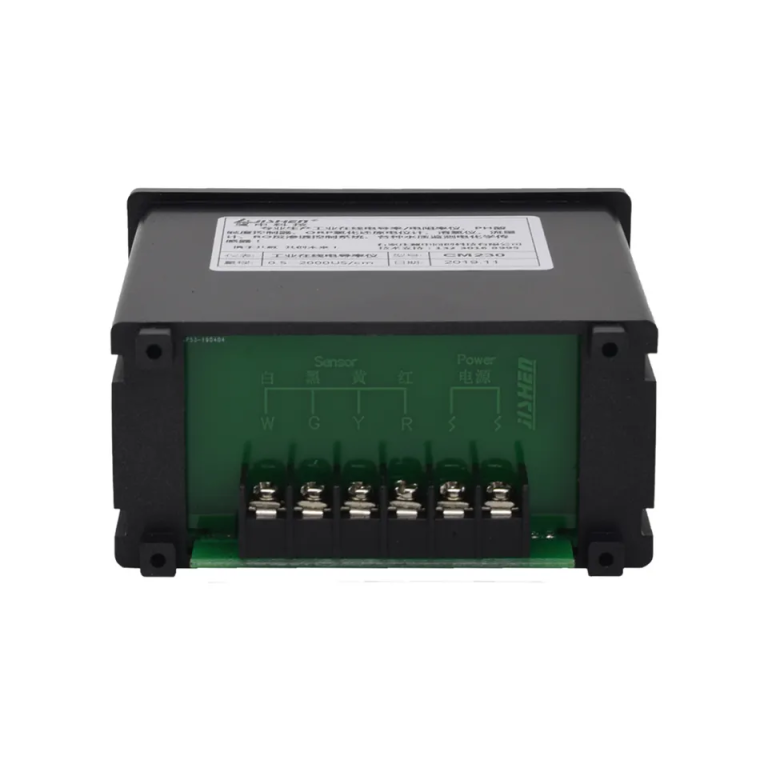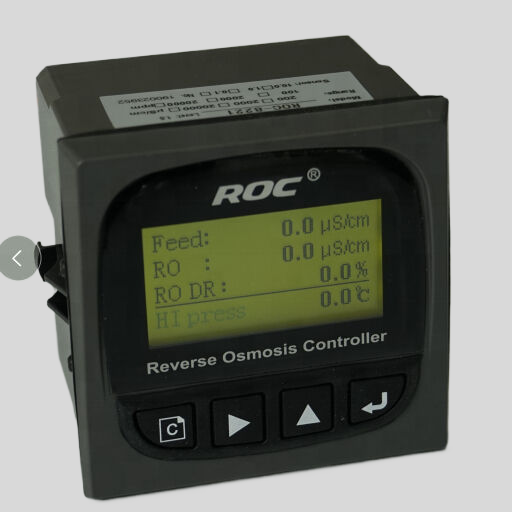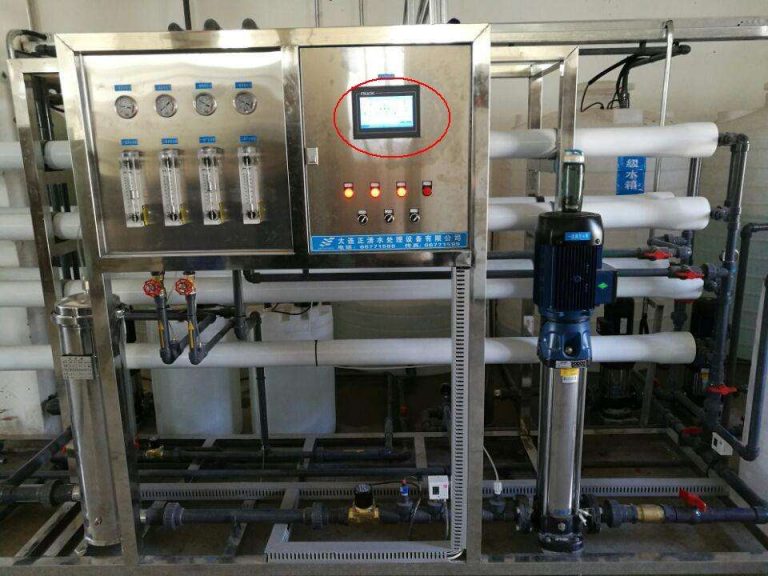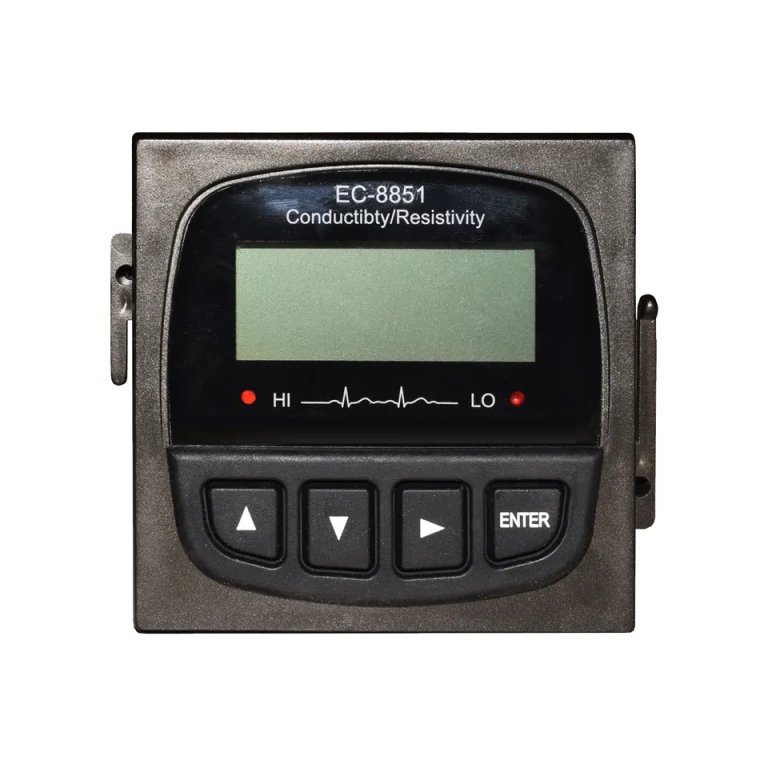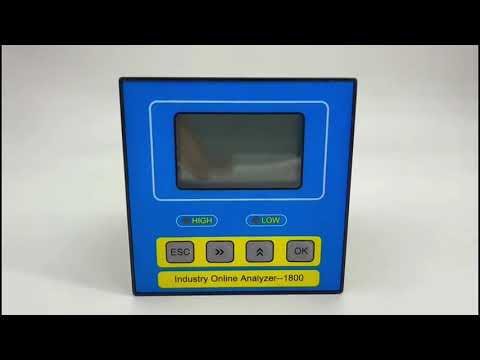Table of Contents
The Importance of Testing Your Tap Water for Contaminants
Water is an essential resource that we rely on for our daily activities, from drinking and cooking to bathing and cleaning. However, not all water sources are created equal, and it is important to be aware of the quality of the water that comes out of our taps. Testing your tap water for contaminants is a crucial step in ensuring that you and your family are consuming safe and clean water.
One of the main reasons why testing your tap water is important is to identify any potential contaminants that may be present. Contaminants can come from a variety of sources, including agricultural runoff, industrial pollution, and aging infrastructure. These contaminants can pose serious health risks if consumed in high concentrations, leading to a range of health issues such as gastrointestinal problems, neurological disorders, and even cancer.
By testing your tap water, you can determine whether any contaminants are present and take appropriate measures to address the issue. This may involve installing a water filtration system, replacing old pipes, or working with local authorities to improve water quality in your area. Ignoring the potential presence of contaminants in your tap water can have serious consequences for your health and well-being, so it is important to take proactive steps to ensure that your water is safe to drink.
In addition to identifying contaminants, testing your tap water can also help you monitor the overall quality of your water supply. Water quality can vary depending on a number of factors, including the source of the water, the treatment process, and the condition of the distribution system. By regularly testing your tap water, you can track any changes in water quality over time and address any issues that may arise.
Testing your tap water is especially important for vulnerable populations, such as children, pregnant women, and individuals with compromised immune systems. These groups may be more susceptible to the effects of contaminants in water and may experience more severe health consequences as a result. By testing your tap water regularly, you can ensure that you are providing a safe and healthy environment for yourself and your loved ones.
There are a variety of ways to test your tap water for contaminants, ranging from DIY test kits to professional laboratory analysis. DIY test kits are a convenient and affordable option for homeowners who want to quickly assess the quality of their water. These kits typically include test strips or vials that can detect common contaminants such as lead, bacteria, and chlorine. While DIY test kits can provide valuable information about the presence of contaminants in your water, they may not always be as accurate or comprehensive as professional laboratory analysis.
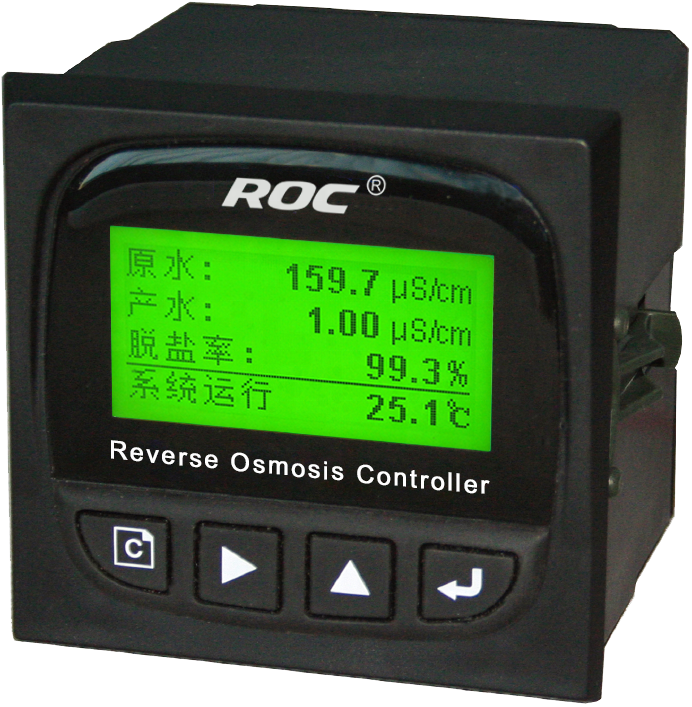
Professional laboratory analysis involves sending a water sample to a certified laboratory for testing. This method provides a more thorough and accurate assessment of water quality, as laboratories have access to specialized equipment and expertise to detect a wide range of contaminants. While professional testing may be more expensive than DIY test kits, it can provide peace of mind knowing that your water has been thoroughly analyzed by experts.
| pH/ORP-3500 series pH/ORP Online Meter | |||
| \u3000 | pH | ORP | Temp. |
| Measurement range | 0.00\uff5e14.00 | (-2000\uff5e+2000)mV | (0.0\uff5e99.9)\u2103\uff08Temp. Compensation \uff1aNTC10K) |
| Resolution | 0.01 | 1mV | 0.1\u2103 |
| Accuracy | \u00b10.1 | \u00b15mV\uff08electronic unit\uff09 | \u00b10.5\u2103 |
| Buffer Solution | 9.18\uff1b6.86\uff1b4.01\uff1b10.00\uff1b7.00\uff1b4.00 | ||
| Medium Temp. | (0\uff5e50)\u2103\uff08with 25\u2103\u00a0as standard \uff09manual / automatic temp.compensation for selection | ||
| Analog Output | Isolated one Channel\uff084\uff5e20\uff09mA\uff0cInstrument / Transmitter for selection | ||
| Control Output | Double relay output\uff08ON/OFF\uff09 | ||
| Consumption | <3W | ||
| Working Environment | Working temp.\u00a0(0\uff5e50)\u2103\uff1bRelative humidity\u226485%RH\uff08none condensation\uff09 | ||
| Storage Environment | Temp.\u00a0(-20\uff5e60)\u2103; Relative humidity\u226485%RH\uff08none condensation\uff09 | ||
| Dimension | 48mm\u00d796mm\u00d780mm (H\u00d7W\u00d7D) | ||
| Hole Size | 44mm\u00d792mm (H\u00d7W) | ||
| Installation | Panel mounted ,fast installation | ||
In conclusion, testing your tap water for contaminants is a critical step in ensuring that you and your family have access to safe and clean water. By identifying any potential contaminants and monitoring water quality over time, you can take proactive measures to protect your health and well-being. Whether you choose to use DIY test kits or professional laboratory analysis, the important thing is to make testing your tap water a priority. Your health and the health of your loved ones depend on it.
How to Properly Test Your Tap Water at Home
Water is an essential element for life, and having access to clean and safe drinking water is crucial for our health and well-being. While many people rely on tap water for their daily hydration needs, it’s important to ensure that the water coming out of your faucet is free from harmful contaminants. One way to do this is by testing your tap water at home.
There are several reasons why you might want to test your tap water. For starters, water quality can vary depending on where you live, the condition of your plumbing, and other factors. Testing your tap water can help you identify any potential issues and take steps to address them. Additionally, if you notice any changes in the taste, color, or odor of your water, testing can help you pinpoint the cause.
There are a few different methods you can use to test your tap water at home. One option is to purchase a water testing kit from a hardware store or online retailer. These kits typically come with everything you need to collect a water sample and test it for various contaminants, such as bacteria, lead, and chlorine. Follow the instructions provided with the kit to ensure accurate results.
Another option is to contact your local water utility or health department to request a water quality report. This report will provide information on the levels of various contaminants in your tap water, as well as any potential health risks associated with those contaminants. Keep in mind that water quality reports are typically based on samples taken at the water treatment plant, so they may not reflect the quality of the water coming out of your faucet.
If you prefer a more hands-on approach, you can also conduct a simple taste and odor test at home. Fill a clean glass with cold tap water and take a sip. Pay attention to the taste and smell of the water. Does it have a metallic or chlorine-like taste? Does it smell musty or earthy? These could be signs of potential contaminants in your water.
When testing your tap water, it’s important to collect a representative sample. Run the water for a few minutes before collecting your sample to flush out any stagnant water in the pipes. Use a clean container to collect the sample, and avoid touching the inside of the container or the water itself to prevent contamination.
Once you have collected your water sample, follow the instructions provided with your testing kit or consult with a professional to analyze the results. If you discover any contaminants in your tap water, there are steps you can take to address the issue. For example, installing a water filtration system can help remove impurities and improve the taste and quality of your water.
In conclusion, testing your tap water at home is a simple yet important step in ensuring that you have access to clean and safe drinking water. Whether you choose to use a water testing kit, request a water quality report, or conduct a taste and odor test, taking the time to assess the quality of your tap water can help protect your health and well-being. Remember to follow proper sampling procedures and seek professional guidance if needed.

